Climbing Evolution
Knowledge Base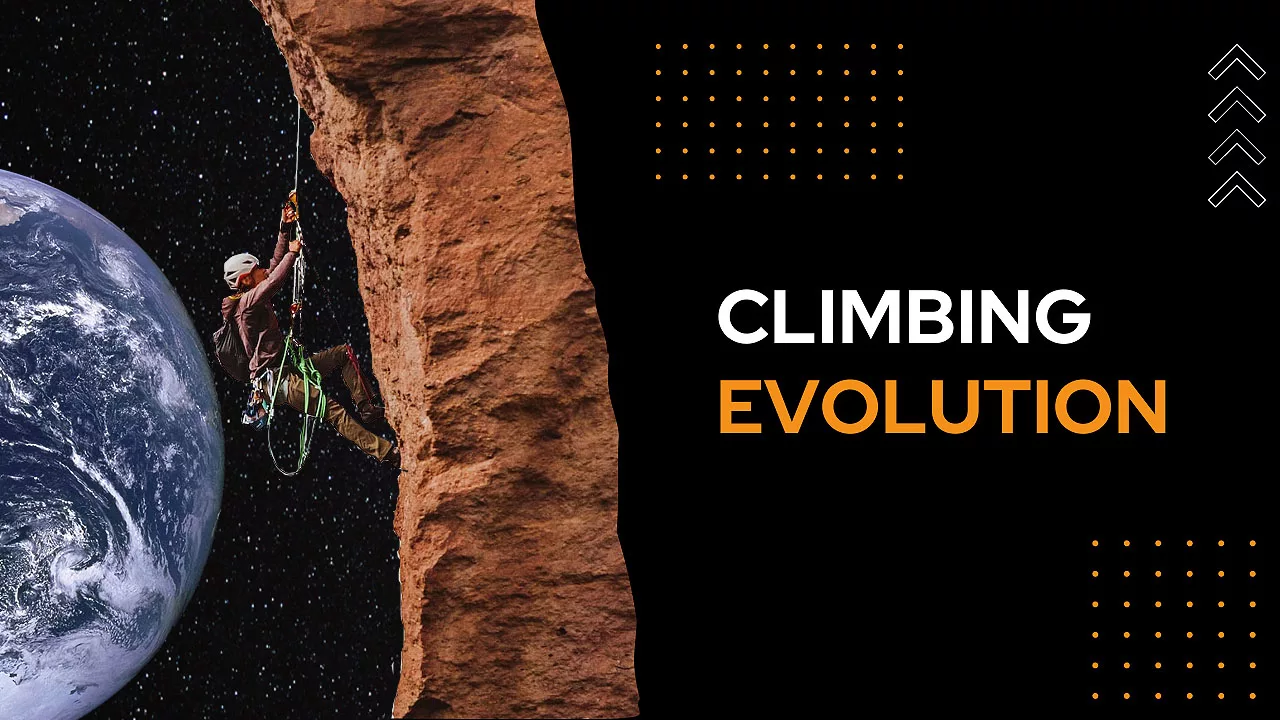
Climbing, scaling steep inclines or vertical surfaces, has developed from a survival requirement to a popular sport and leisure activity. Climbing evolution may be traced back to the earliest human civilizations, where it was employed for
- Hunting
- Obtaining food
- Seeking sanctuary
Humans have perfected their climbing tactics, equipment, and attitudes over time, leading to considerable breakthroughs in the area.
Pre-History of Climbing Evolution
Climbing was used for several functions by early human cultures. Some tribes, for example, would climb trees to pick fruits, whilst others would climb cliffs and mountains to hunt animals or gather medicinal herbs. These early climbers had no access to the specialized equipment used by modern climbers. They had to rely on their inherent qualities, such as strength, agility, and balance, to traverse their environment.
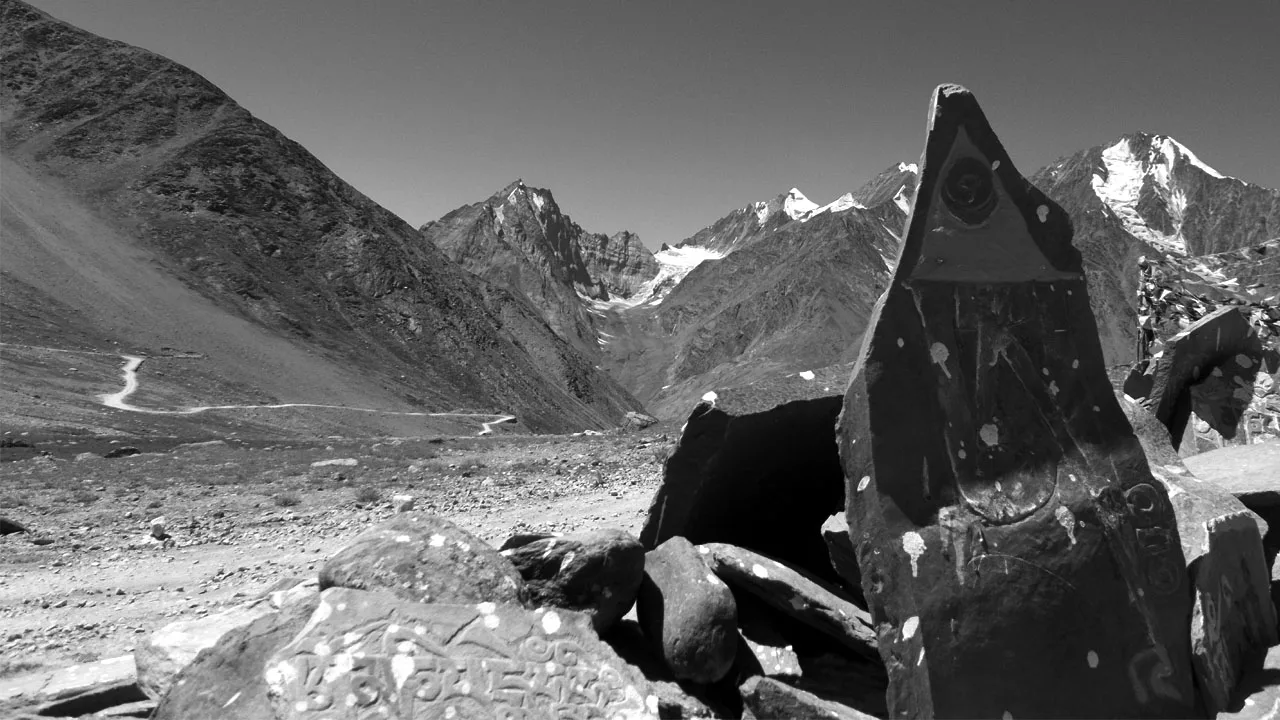
Aborigines in Lahual and Spiti go about their daily lives in one of the harshest environments, and this brave survival urge in locals has been carved in rock art writing since academics dated it back to 3000 BC.
Shepherds
Shepherding is a unique form of climbing practiced for centuries in many parts of the world. Shepherds often need to navigate steep and rugged terrain to move their flock of sheep from one location to another. In some regions, such as the Himalayas, shepherds use their climbing skills to access high-altitude grazing areas that are inaccessible by foot. Shepherds typically use minimal equipment, relying on their knowledge of the terrain and physical abilities to safely guide their flocks. While shepherding may not be considered a sport or leisure activity. Though it is a testament to the enduring relationship between humans and the mountains, and the importance of climbing skills in everyday life.

Climbing in Wars
Climbing evolved as civilizations progressed. Soldiers, for example, would scale castle walls in medieval times to break the defenses of opposing strongholds. This style of climbing necessitated the use of various skills and equipment, such as grappling hooks and rope, as well as more specialized training.
One of the most famous alpine crossings in history was that of Hannibal Barca, a Carthaginian military commander, who led an army of 25,000 infantry, 6,000 cavalry, and 37 war elephants across the Alps in 218 BC during the Second Punic War. Hannibal’s crossing of the Alps was a remarkable feat, as he had to navigate treacherous terrain, severe weather conditions, and hostile tribes. Despite losing many men and animals in the process, Hannibal’s crossing allowed him to surprise the Romans and launch a successful invasion of Italy. Hannibal’s alpine crossing is considered a legendary achievement in military history, and it continues to inspire climbers and adventurers to this day.

Modern History: Climbing Evolved as Leisure Sport
Climbing as a leisure sport gained popularity in the late nineteenth century. It all began with the evolution of mountaineering, which involves scaling high peaks for the challenge and thrill. Climbing of this sort was popularised in Europe, where climbers began ascending the Alps. Then it extended to other parts of the planet, especially the Indian-Nepal Himalayas and North America.
Mountaineering has been a thrilling and arduous pursuit for humans for millennia. There have been several climbing expeditions over the years. Some of these have gone down in history for their extraordinary acts of endurance, ability, and daring.
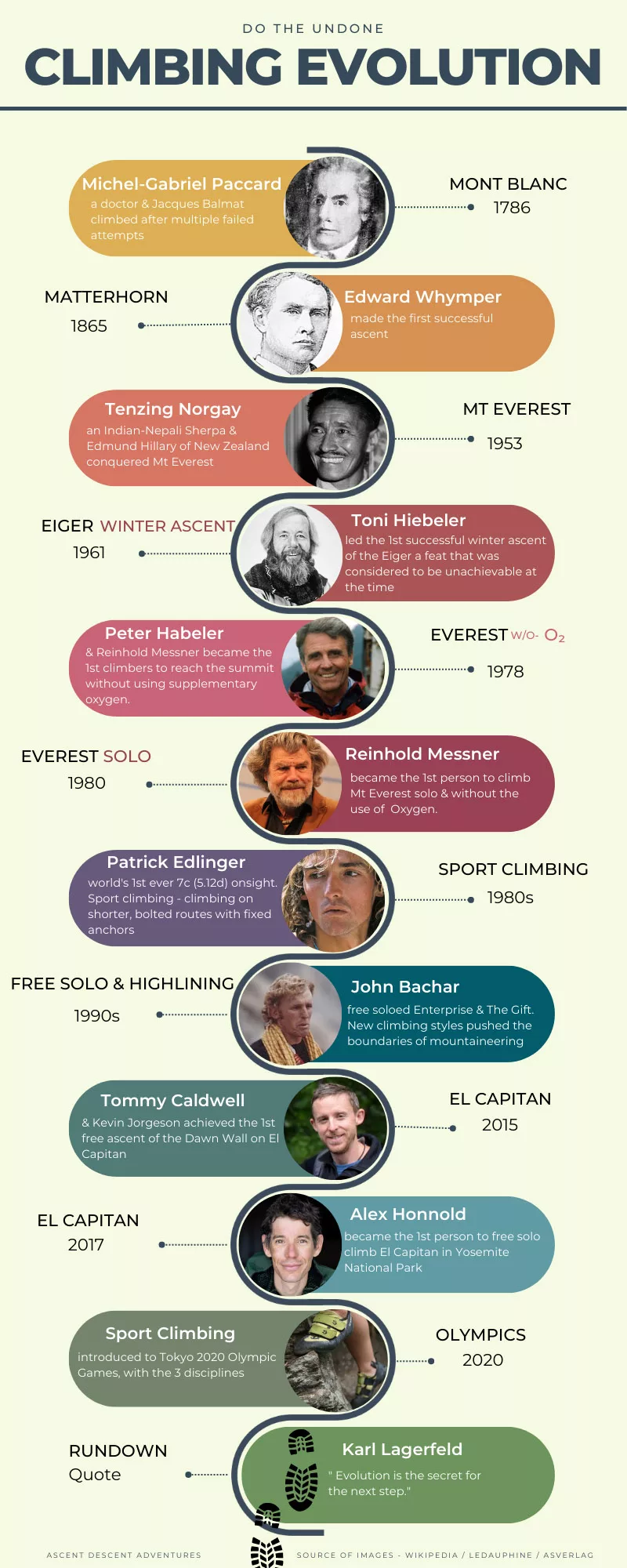
Climbing Evolution Timeline Details:
1786 – First Ascent of Mont Blanc
Mont Blanc (4809m) is the highest peak in the Alps & Western Europe. The first ascent is considered a watershed point in mountaineering history. After numerous failed efforts, Michel-Gabriel Paccard, a doctor, and Jacques Balmat, a local crystal hunter, ascended Mount Blanc in 1786. Their accomplishment heralded the beginning of modern climbing.
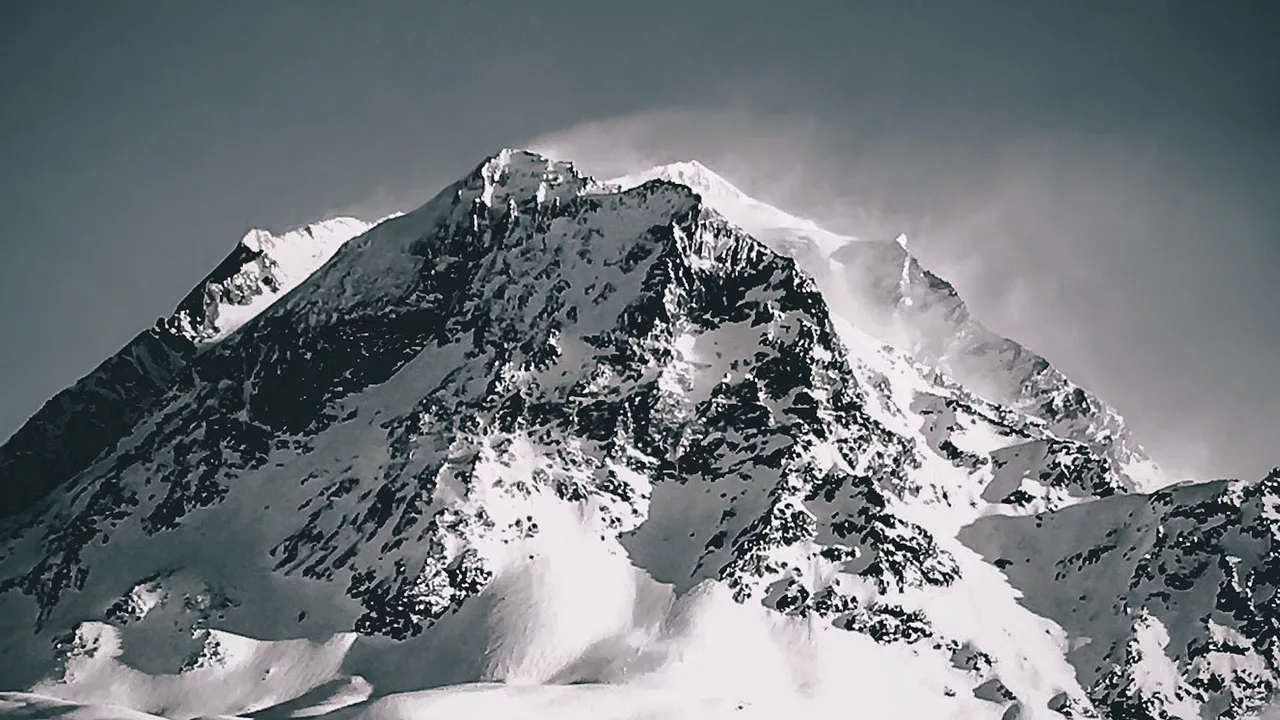
Fun Fact: The first successful climb of Mount Blanc was achieved in 1786 by Jacques Balmat. Who was honored with a lifetime pension for his achievement by King Victor Amadeus III of Sardinia.
1865 – First Ascent of the Matterhorn
The Matterhorn (4478m) is a prominent peak in the Swiss Alps. An expedition led by Edward Whymper accomplished the first successful climb in 1865. Tragically, four team members died on the way down. The tragedy resulted in heightened mountaineering safety precautions.
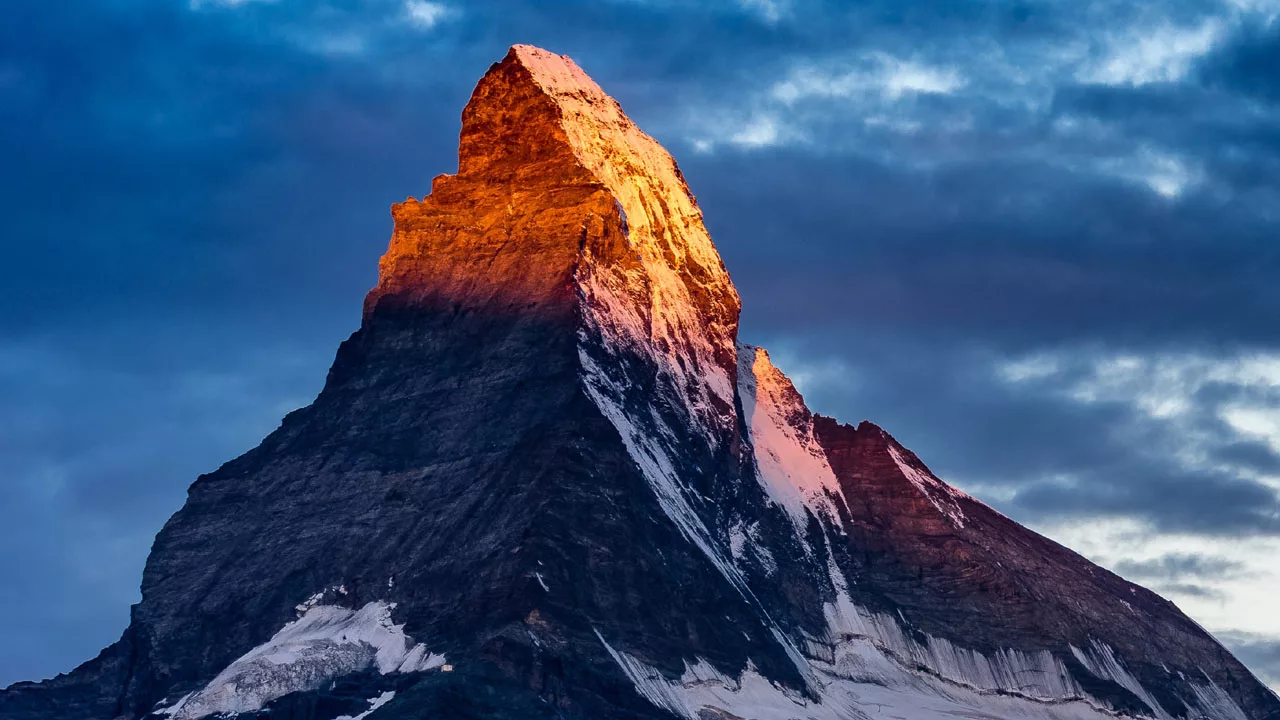
Fun Fact: Whymper made seven unsuccessful attempts to summit Matterhorn. He made it on the eighth try but at a high cost. The tragedy of the first ascent of the Matterhorn in 1865 is seen as the end of the golden age of Alpinism.
1953 – First Ascent of Mount Everest
Mount Everest (8849m) is the highest peak in the world and has been the ultimate challenge for mountaineers for decades. In 1953, Sir Edmund Hillary of New Zealand and Tenzing Norgay, an Indian- Nepali Sherpa, successfully climbed Mount Everest, becoming the first humans to do so. Their achievement was celebrated around the world and remains a defining moment in mountaineering history.
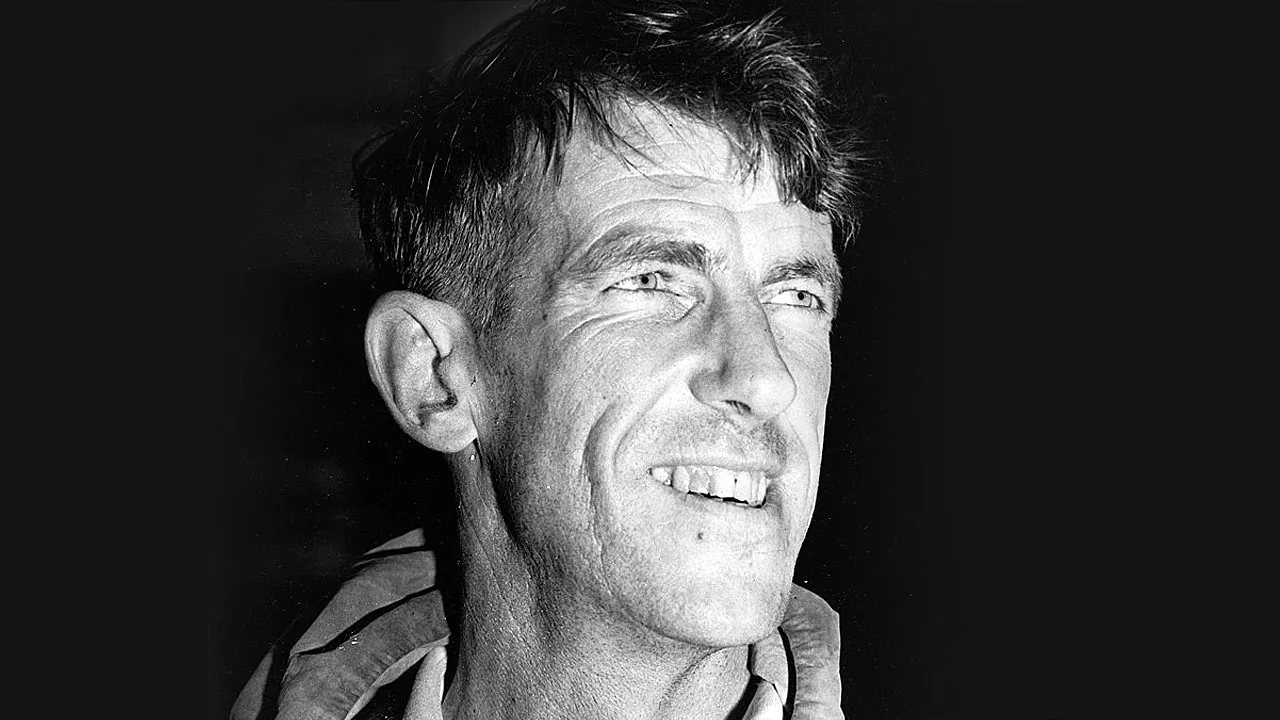
Fun Fact: The first successful ascent of Mount Everest in 1953 was achieved using traditional mountaineering techniques, including the use of oxygen tanks. Whereas modern climbers often use faster and more efficient methods.
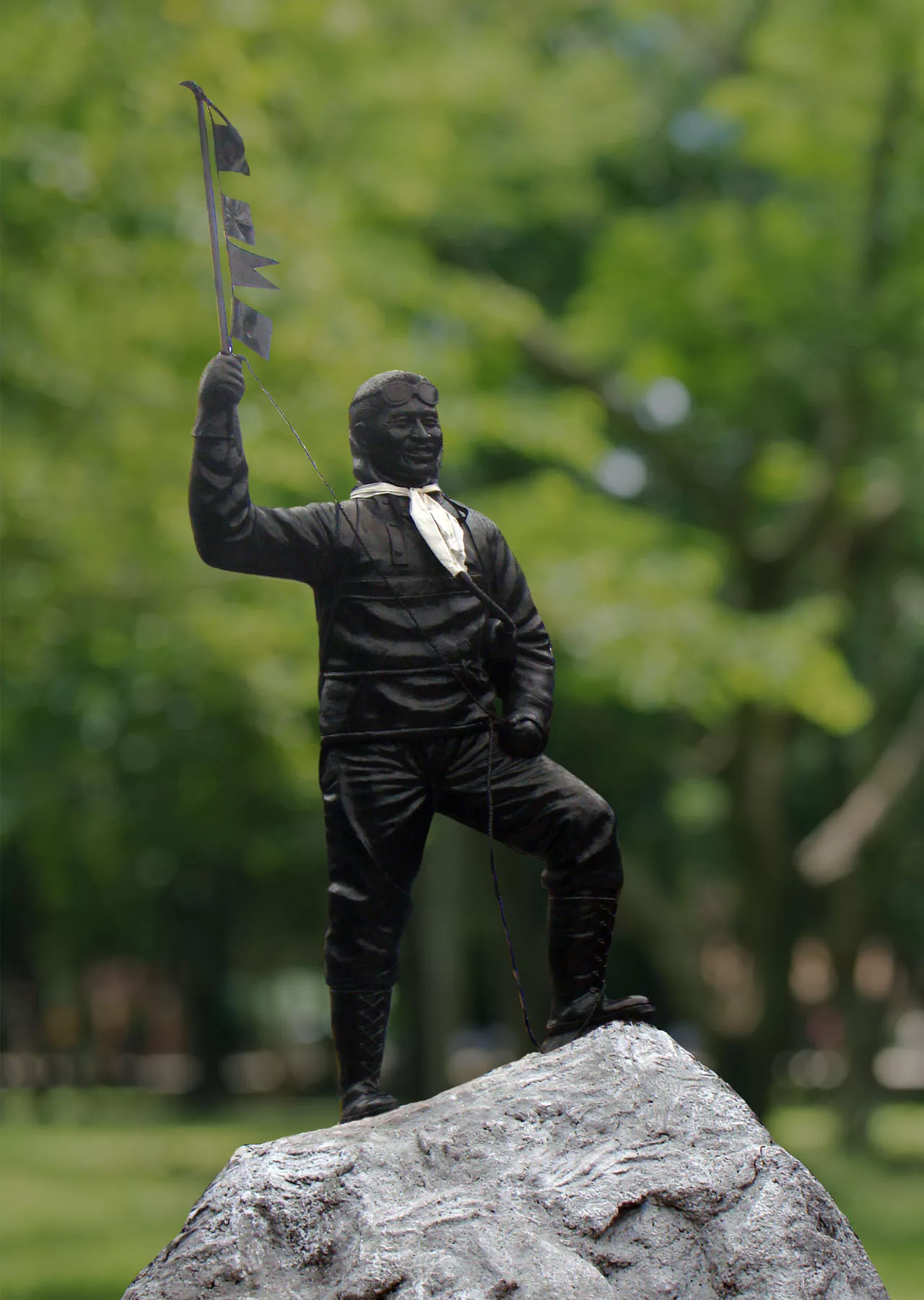
After the first ascent of Mount Everest in 1953, mountaineering continued to evolve in terms of style and technique.
1961 – First Winter Ascent of the Eiger
The Eiger is a formidable Swiss Alps peak famed for its steep and snowy north face. Toni Hiebeler led the first successful winter ascent of the Eiger in 1961, a feat that was considered to be unachievable at the time. The achievement established a new standard in winter mountaineering.

Fun Fact: The successful winter ascent of the Eiger in 1961 occurred during a severe winter, with temperatures as low as -30°C (-22°F) and blizzard conditions.
1978 – First Ascent of Mt Everest Without Supplemental Oxygen
Reinhold Messner and Peter Habeler became the first climbers to reach the summit of Mount Everest without using supplementary oxygen in 1978. This accomplishment was a watershed moment in mountaineering, paving the way for later climbers to try high-altitude climbs without oxygen.
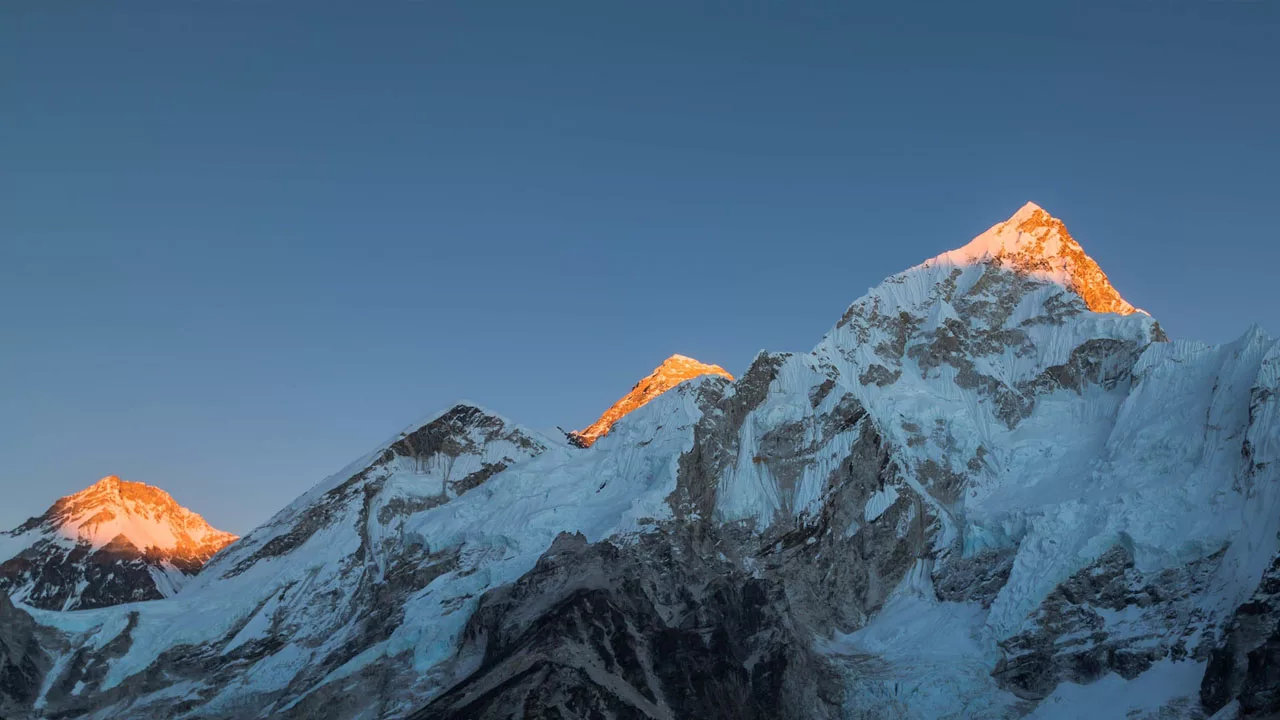
Fun Fact: Messner and Habeler made the first ascent of Mount Everest without the use of supplementary oxygen in 1978, despite physicians’ warnings that they would die if they did not utilize oxygen.
1980 – First Solo Ascent of Mt Everest Without Oxygen
Reinhold Messner created history in 1980 when he became the first person to climb Mount Everest solo and without the use of supplementary oxygen. This feat of endurance and expertise highlighted the advancement of climbing techniques as well as human endurance under harsh situations.
Fun Fact: Reinhold Messner made the first solo climb of Mount Everest without oxygen, which many thoughts was impossible at the time, earning him an unquestioned reputation as the world’s finest mountaineer.
Turning Point
Several expeditions to Mount Everest were carried out between 1953 to 2022. Many successes along the road, the fastest, the youngest, the oldest, and so on. Junko Tabei, a Japanese mountaineer, was the first woman to conquer Everest in 1975.
We are also proud to have entered this segment of climbing evolution with the Everest Expedition led by Col. Neeraj Rana in 2013. Raghav Joneja, the youngest Indian, scaled Mount Everest on May 21, 2013, at the age of 15 years and 7 months.
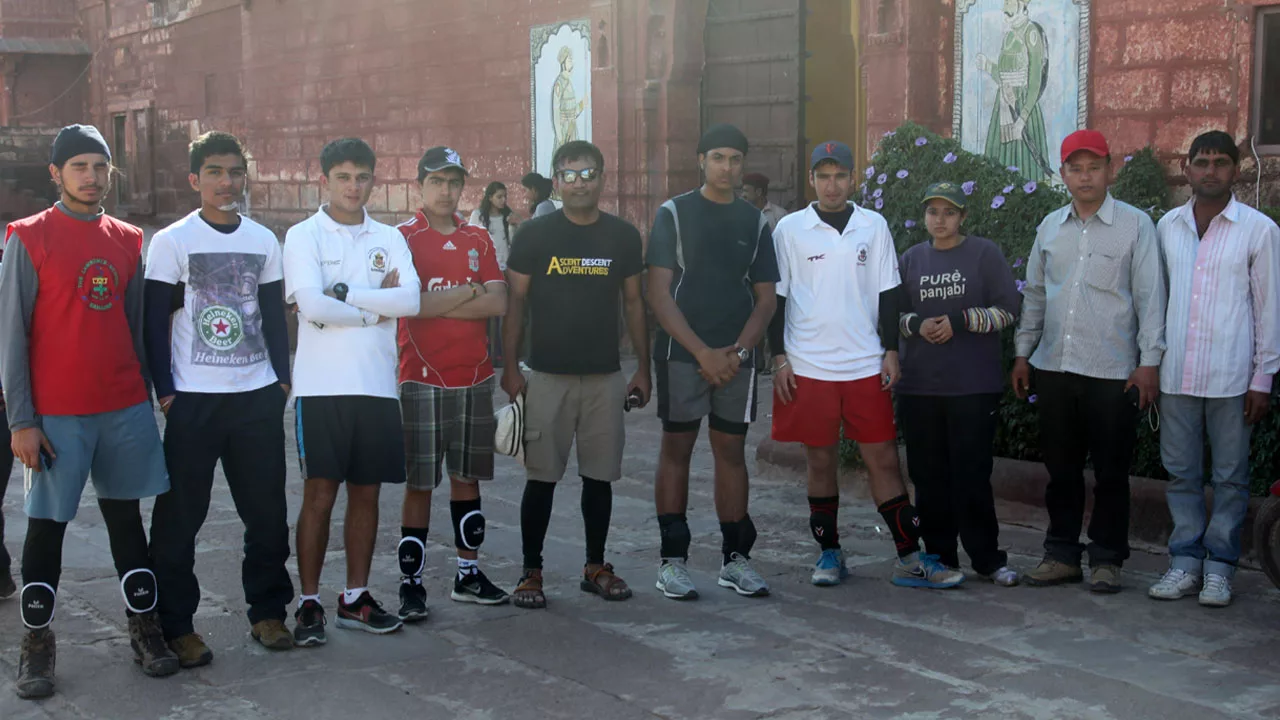
Advances in Gear and Technology:
Over the years, mountaineering gear and technology have evolved significantly. Modern equipment such as lightweight tents, and high-tech fabrics. Also, advanced safety gear has made mountaineering safer and more accessible for climbers around the world.
1960 – First Indoor Rock Climbing Wall
The first indoor rock climbing wall was created in 1960 at The Ullswater School in England. While Dan Robinson built the first contemporary indoor climbing rock wall in 1964.

Fun Fact: Don Robinson, a lecturer in Physical Education at the University of Leeds, achieved this feat by placing chunks of rock into a hallway wall.
1980s – Introduction of Sport Climbing
Sport climbing, which involves climbing on shorter, bolted routes with fixed anchors for safety, was introduced in the 1980s. Climbers might focus on difficulty and agility rather than the logistics of traditional mountaineering with this method of climbing.
Fun Fact: French pioneers like Patrick Edlinger aspired to climb granite walls like Buoux and Verdon. These walls had no cracks in which to insert traditional climbing protection. They pre-drilled bolts into routes for protection (but not as artificial aid); this became known as “sport climbing”.
1990s – Free Soloing and High Lining
Free soloing and high lining, both of which are considered extreme sports, became popular in the 1990s. It is extremely risky since climbers do not use ropes or other safety equipment. These styles of climbing pushed the limits of what was thought to be feasible in mountaineering. And required climbers to have great strength, skill, and courage.

Fun Fact: John Bachar was the first free solo superstar, and he pioneered large wall soloing (Nabisco Wall). After being exposed to slacklining in Yosemite, climbers Scott Balcom, Chris Carpenter, and Chongo Tucker created the first Highline in 1983.
2015 – First Free Climb of Dawn Wall Ascent
Tommy Caldwell and Kevin Jorgeson achieved the first free ascent of the Dawn Wall on El Capitan in Yosemite National Park in 2015. This 19-day ascent was regarded as one of the most challenging climbs in the world. And this highlighted the progress of climbing techniques and equipment.
Fun Fact: Tommy Caldwell and Kevin Jorgeson made the first free ascent of the Dawn Wall. Basically living on a diet of oatmeal, protein bars, and energy gels for 19 days.
2017 – First Free Solo Ascent of El Capitan
Alex Honnold made history in 2017 when he became the first person to free solo climb El Capitan in Yosemite National Park. This incredible feat necessitated immense strength, skill, and mental fortitude, and it demonstrated the evolution of climbing methods and techniques.

Fun Fact: This record-free solo ascent of El Capitan took just under four hours (3 hours and 56 minutes), making it one of the route’s quickest ascents to date. In fact, the ascent was also documented. The 2018 documentary Free Solo, also received the Oscar for best documentary feature.
2020 – Climbing Introduced to the Olympics
The International Olympic Committee has introduced sport climbing to the Tokyo 2020 Olympic Games! The three disciplines – Bouldering, Lead Climbing, and Speed Climbing all count towards an overall score.
Climbing Evolution – Rundown
Overall, developments in style, technique, and technology have characterized the evolution of mountaineering during the last few decades. These breakthroughs in mountaineering have pushed the frontiers of what was previously thought to be feasible. Inspiring a new generation of climbers to take on new challenges and explore the limits of human potential.
Without a doubt, the development of modern mountaineering gear has made it easier and safer for climbers to explore remote areas and tackle challenging climbs.
“Climbing Evolution is the secret for the next Climb!” – Ascent Descent Adventures
These are just a few instances of famous mountaineering expeditions and other advancements in techniques and styles that have left a lasting impact on the history of mountaineering.
The Bottom Line:
The stories of these expeditions continue to inspire and challenge mountaineers all across the world and will continue to do so in generations to come.
It feels like a crime not to share this YouTube video – Siberian Rock Climbing History – 150 years.
Recommended to you:

Training:
Crevasse Rescue
The Crevasse Rescue training will get you…
Glacier Alpinism
For ten days, participants will…
Mountain Guide
The alpine style Mountain guide course…